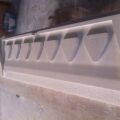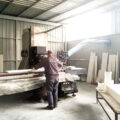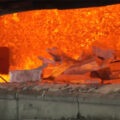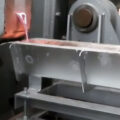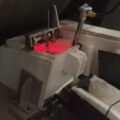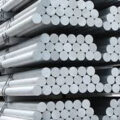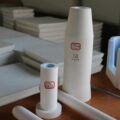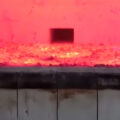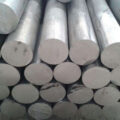Continuous casting and rolling method has simple equipment and low investment. For the production of certain aluminum alloy grades, it can replace the traditional hot continuous rolling method of aluminum ingots with large investment and high cost. It can not be cast and rolled by aluminum ingot rolling. The resulting fine microstructure is more suitable for the production of some special-purpose aluminum materials, such as heat sinks, aluminum foils for air conditioning, and computer disk substrates.
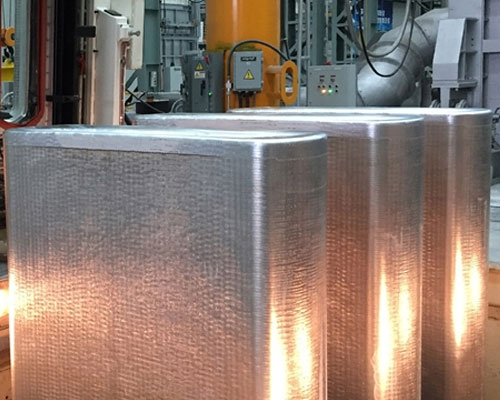
The continuous casting and rolling method also has its obvious disadvantages:
- Slow speed and low productivity;
- It is only suitable for the production of limited aluminum alloys with narrow crystallization intervals;
- The surface segregation is serious, and its subsequent rolled products are prone to surface defects;
- The degree of cold work hardening is high, and the billet produced by the casting-rolling method is thicker, which increases the number of processing passes during subsequent cold rolling;
- Due to the particularity of crystallization, the slab produced is not suitable for processing certain aluminum materials, such as currently not suitable for rolling beverage can materials;
- The deep drawing performance of cast-rolled sheet is not as good as that of hot-rolled billet sheet;
- Most of the billets provided by casting and rolling are as-cast structures, and they can often produce feather-like crystals that are very unfavorable for subsequent cold working, which affects the yield.
Although the products produced by the casting and rolling method are not as good as those produced by the hot rolling method in terms of structure, grain uniformity, surface quality and processing performance, the products produced can only meet the requirements of ordinary products on the market, but the double-roll casting The method has a series of advantages, so that it has been widely used since the 1950s. In domestic aluminum processing enterprises that mainly produce aluminum foil, most of the billets are produced by the casting-rolling method.
In general, the advantages of using the cast-rolling method to produce sheet, strip, and foil blanks exist. The continuous casting and rolling method has a certain cost competitiveness in the processing of middle and low-grade aluminum alloy sheets and strips. If you need to produce sheet, strip, and foil, contact us. AdTech offers online degassing and filtering system, hot casting parts for continuous casting and rolling, such as Caster Tip, Tundish.


